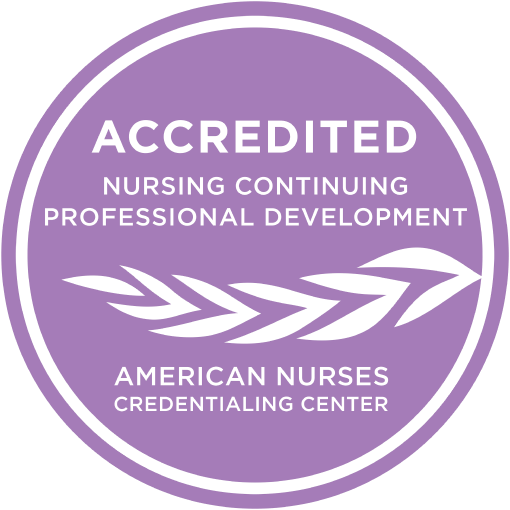Norovirus Symptoms, Causes and Treatment
Contact Hours: 3
Course Overview
This course provides an in-depth exploration of norovirus, covering its virology, transmission routes, pathophysiology, epidemiology, and clinical management. Participants will gain a comprehensive understanding of the challenges posed by norovirus outbreaks in healthcare facilities, long-term care settings, and community environments.
The course explores the immune response to norovirus infection, diagnostic approaches, differential diagnosis, and the latest research on potential therapeutic and preventive strategies, including vaccine development and antiviral treatments. Learners will gain insight through case studies and clinical reasoning to assist in diagnosing and managing norovirus infections across distinct vulnerable populations, including high-risk groups such as older adults, immunocompromised individuals, and young children.
Course Outline
- Introduction
- Virology
- Modes of Transmission
- Routes of Transmission
- Environmental Factors
- Risk Factors for Transmission
- Modes of Transmission and Environmental Stability
- Immune Response
- Prevalence of Norovirus
- Etiology
- Epidemiology
- Pathophysiology
- Differential Diagnosis
- Patient Symptomology
- Case Study 1: Norovirus Gastroenteritis in an Older Adult
- Case Study 2: Norovirus Gastroenteritis in a Child
- Key Takeaways
- Strategies to Improve Outcomes
- Treatment
- Supportive Management and Hydration Strategies
- Management In Resource-Limited Settings
- Management in Immunocompromised Individuals
- Ongoing Research
- The Need for Vaccination and Antiviral Therapies
- Conclusion
Course Outcomes
After completing this course, the learner will rate a 4 out of 5 on the Likert Scale for their ability to:
- Understand the genetic diversity of norovirus, including its classification into multiple genogroups and genotypes.
- Analyze the various transmission modes, including fecal-oral spread, contaminated food and water, direct contact, and environmental persistence.
- Understand age-related vulnerabilities, with attention to pediatric and older adult populations.
- Review emerging research on antiviral therapies, vaccine development, and the role of human milk oligosaccharides in potential treatment.
- Apply theoretical knowledge to clinical scenarios, including case studies of norovirus infections in a long-term care facility resident and a pediatric client.
Accreditations and Approvals

- American Nurses Credentialing Center (ANCC) (P0614)
- California Board of Registered Nursing (CEP 17418)
- Kentucky Board of Nursing (7-0090)
- Louisiana State Board of Nursing (58)
- Florida Board of Nursing (50-23983)
- Delaware Board of Nursing (DE-24-010127)
- Alabama Board of Nursing (#ABNP1577)
- Iowa Board of Nursing (#393)
- Kansas Board of Nursing (LT0340-0325)
Approved by the Board of Nursing in every state, you can complete your RN, LVN, and APRN CEUs with confidence.
Accreditation Statement
Nursing CE Central LLC is accredited as a provider of nursing continuing professional development by the American Nurses Credentialing Center's Commission on Accreditation.
It will take the average learner 180 minutes to complete and awards 3 contact hours of continuing education.
Written For
- Registered Nurses (RN)
- Advanced Practice Registered Nurses (APRN)
- Licensed Practical Nurses (LPN/LVN)
Requirements for Completion
- Enrollment in the course by the learner
- Read and learn all course materials
- Complete the course evaluation
- Attest and testify learning of the course materials
Disclosure of Relevant Financial Relationships
Nursing CE Central nor any of the authors, planners, content experts, or any contributors have any relevant financial relationships with ineligible companies to disclose.
